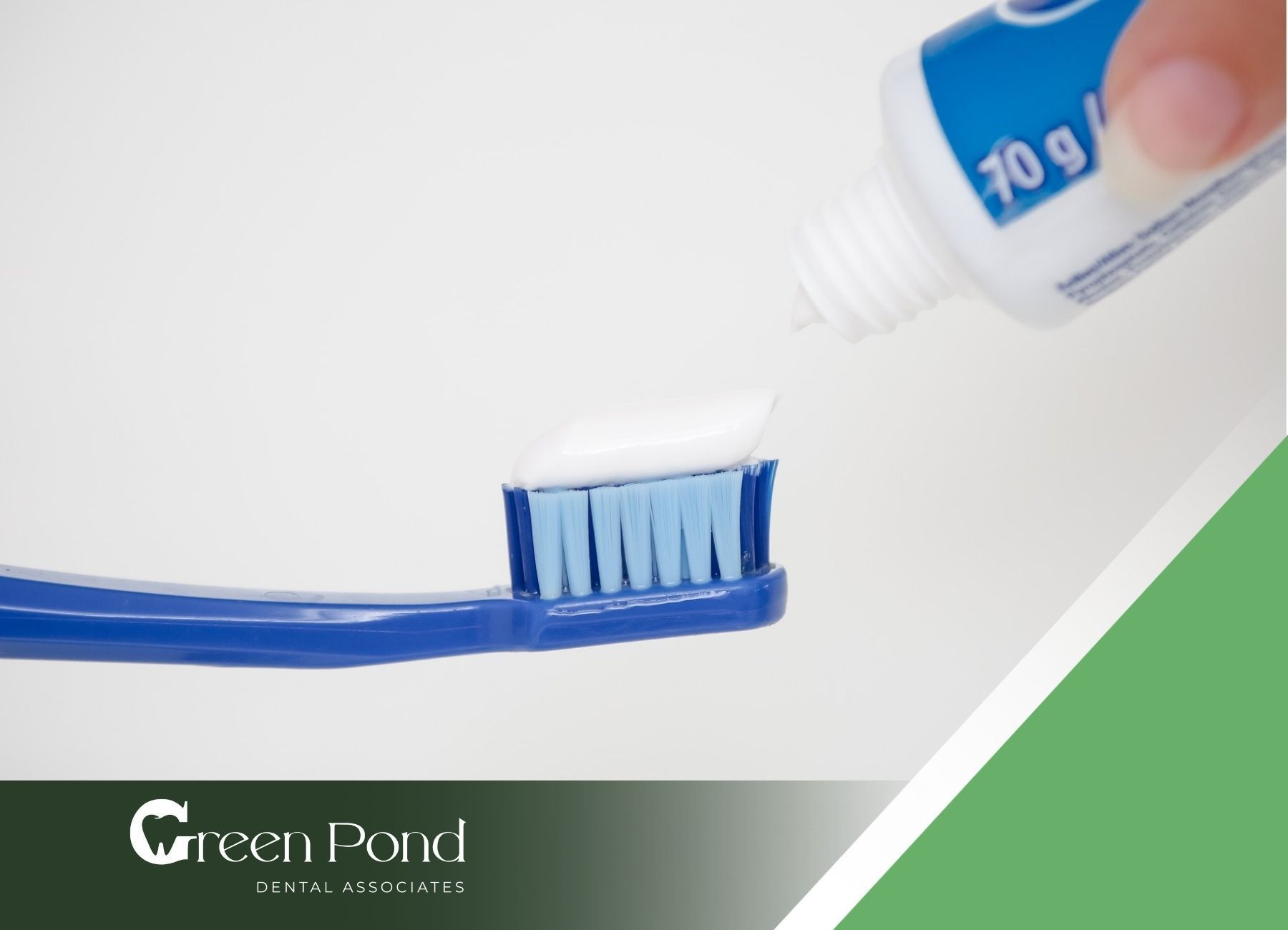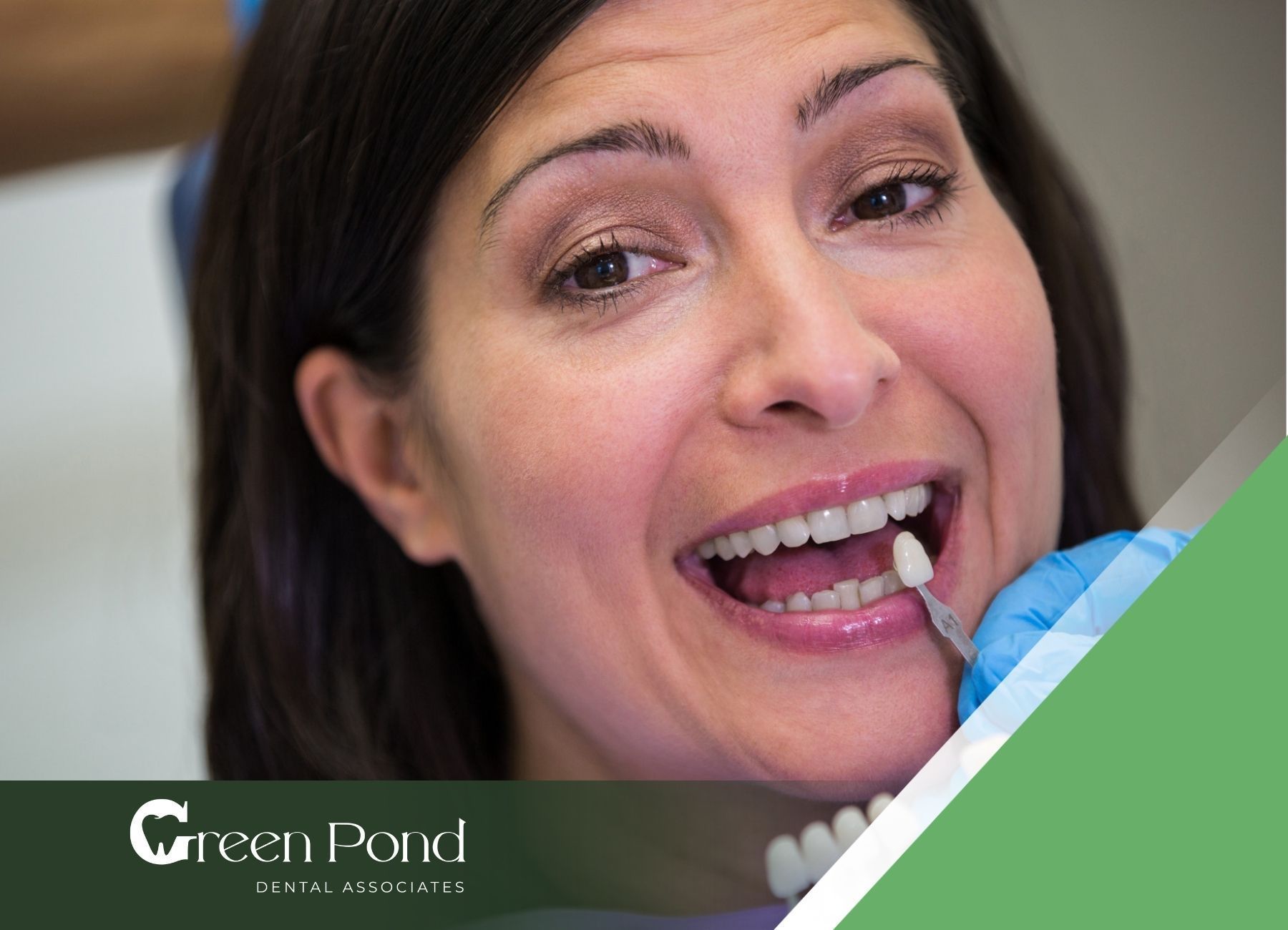Effective Ways to Prevent and Treat Receding Gums
Gum recession can sneak up on you, gradually exposing more of your teeth and leaving you wondering how to stop it before it worsens. Whether caused by aggressive brushing, gum disease, or lifestyle habits, receding gums can impact your oral health and confidence.
The good news? With the right knowledge and proactive steps, you can take control of your gum health. In this article, we’ll explore the causes, warning signs, and essential tips to help you combat gum recession and keep your smile healthy for years to come.
Understanding Gum Recession
Gum recession is a common dental condition where the gum tissue surrounding your teeth wears away, exposing more of the tooth and its root. Understanding the causes and symptoms is vital for addressing this issue effectively.
What Causes Gum Recession?
Several factors contribute to gum recession. Some common causes include:
- Periodontal Disease: A serious infection that damages the soft tissue and bone supporting your teeth.
- Improper Brushing Techniques: Using too much force or a hard-bristled toothbrush can irritate the gums.
- Genetics: Some individuals may be more susceptible to gum problems due to inherited traits.
- Hormonal Changes: Changes in hormone levels, such as during pregnancy or menopause, can affect gum health.
- Tobacco Use: Smoking or chewing tobacco can harm your gums.
- Grinding Teeth: Excessive grinding or clenching can put pressure on the gums.
Signs and Symptoms of Gum Recession
It's important to recognize the signs of gum recession early. Symptoms may include:
- Visible Tooth Lengthening: Teeth may appear longer as more of the tooth surface is exposed.
- Sensitivity: Increased sensitivity to hot or cold substances.
- Pain When Chewing: Discomfort or pain while chewing food.
- Gums Appearing Red or Swollen: Inflamed gums can indicate underlying issues.
- Presence of Pockets: Gaps between your teeth and gums where bacteria can accumulate.
Recognizing these symptoms can help you understand how to stop gum recession effectively and take action promptly if you notice any changes in your oral health.
Essential Steps to Combat Gum Recession
Addressing gum recession effectively requires a commitment to improving your oral health. Here are several essential steps you can take to help stop gum recession.
Improving Oral Hygiene Habits
Maintaining excellent oral hygiene is crucial for preventing gum recession. You should brush your teeth at least twice a day and floss daily. Using the correct techniques and tools can make a significant difference in your gum health.
- Use fluoride toothpaste to strengthen enamel.
- Avoid aggressive brushing as it can wear down your gums.
- Rinse with water or mouthwash after consuming sugary or acidic foods.
Gentle Brushing and Flossing Techniques
How you brush and floss can greatly impact your gums. Always practice gentle techniques to prevent further irritation or damage.
When brushing:
- Hold your toothbrush at a 45-degree angle to your gums.
- Use circular, sweeping motions instead of vigorous scrubbing.
- Brush for at least two minutes to ensure thorough cleaning.
When flossing:
- Slide the floss gently between your teeth without snapping it.
- Curve the floss around the base of each tooth to clean below the gum line.
- Use a fresh section of floss for each tooth to avoid spreading bacteria.
Regular Dental Check-ups
Routine dental visits are essential for monitoring your gum health. Regular check-ups help identify any issues early on, allowing for timely intervention.
- Schedule dental appointments at least twice a year.
- Discuss any concerns about your gums with your dentist during visits.
- Consider asking for a professional cleaning to remove plaque and tartar buildup.
By incorporating these essential steps into your daily routine, you can work towards healthier gums and effectively address the issue of gum recession.
Lifestyle Changes for Healthy Gums
Making certain lifestyle changes can significantly support your efforts to understand how to stop gum recession. These modifications can enhance your overall oral health and reduce the risk of gum problems.
Quitting Smoking
If you smoke, quitting can have a substantial effect on your gum health. Smoking is linked to gum disease and can hinder blood flow to your gums, making it difficult for your body to heal. Additionally, tobacco use weakens your immune system, increasing your susceptibility to infections, including gum disease.
Benefits of Quitting Smoking:
| Benefit | Description |
|---|---|
| Improved Blood Circulation | Increases flow of nutrients to gum tissues |
| Enhanced Healing | Faster recovery from dental procedures and infections |
| Reduced Risk of Gum Disease | Lower likelihood of developing gum disease |
Maintaining a Balanced Diet
Your diet plays a crucial role in oral health. Consuming a balanced diet rich in vitamins and minerals can help strengthen gums.
Focus on foods that benefit gum health, including:
- Fruits and Vegetables: Rich in vitamins, antioxidants, and fiber.
- Lean Proteins: Support tissue health and regeneration.
- Whole Grains: Provide critical nutrients and improve overall health.
Key Nutrients for Gum Health:
| Nutrient | Source | Benefit |
|---|---|---|
| Vitamin C | Citrus fruits, broccoli | Supports collagen production and gum tissue health |
| Calcium | Dairy products, leafy greens | Strengthens teeth and jawbone |
| Omega-3 Fatty Acids | Fish, flaxseeds | Reduces inflammation in gums |
By adopting these lifestyle changes, you can significantly improve your gum health and reduce the likelihood of receding gums. Prioritize quitting smoking, managing stress, and maintaining a balanced diet to promote overall oral health.
Professional Treatment Options
If you are experiencing gum recession, it is important to explore professional treatment options that can help you effectively manage and reverse the condition. Here are three key procedures to consider:
Scaling and Root Planing
Scaling and root planing is a deep cleaning procedure performed by dentists or hygienists. It involves removing plaque and tartar from the tooth surface and below the gum line. This technique helps to eliminate bacteria that contribute to gum disease. The process generally involves two steps:
- Scaling: This removes plaque and tartar buildup from the teeth and gums.
- Root Planing: This smoothens the tooth roots to promote healing and reattachment of the gums.
This treatment is usually necessary for individuals with moderate to severe gum disease and can significantly promote gum health.
Gum Graft Surgery
Gum graft surgery is a procedure aimed at restoring receded gums. During this surgery, tissue is taken from another part of your mouth or from a donor source and attached to the affected area. This can help cover exposed roots and prevent further recession.
There are different types of grafts, including:
- Connective Tissue Graft: Involves taking tissue from beneath the skin of the palate.
- Free Gingival Graft: Involves taking tissue directly from the palate.
- Pedicle Graft: Involves using gum tissue neighboring the site of recession.
This treatment not only helps improve the appearance of your smile but also provides protection to your tooth roots.
Laser Therapy
Laser therapy is an innovative treatment option for gum recession. It uses focused light energy to remove infected gum tissue and promote healing. This procedure can be less invasive than traditional methods and often results in reduced discomfort.
Benefits of laser therapy include:
- Less Bleeding: The laser minimizes bleeding compared to traditional scalpel techniques.
- Faster Healing: Many patients experience quicker recovery times.
- Reduced Risk of Infection: The precision of lasers can decrease the risk of infection.
Ask your dental professional if laser therapy is a suitable option based on your specific situation. By exploring these professional treatment options, you can take significant steps to stop gum recession and improve your overall dental health.
Home Remedies and Preventive Measures
To combat gum recession effectively, you can adopt simple home remedies and preventive strategies that promote gum health. Incorporating these practices into your daily routine can help you in maintaining healthy gums and possibly halt any further receding.
Using a Soft-Bristled Toothbrush
Choosing the right toothbrush is essential in preventing further irritation to your gums. A soft-bristled toothbrush is gentle on your gums and effectively removes plaque without causing damage. When brushing, ensure that you hold the toothbrush at a 45-degree angle to your gums, using gentle circular motions instead of aggressive scrubbing. This approach minimizes gum wear and promotes better overall dental health.
- Brush your teeth twice a day.
- Replace your toothbrush every three to four months.
- Avoid using hard-bristled toothbrushes.
Rinsing with Antiseptic Mouthwash
Incorporating an antiseptic mouthwash into your oral care routine can further help prevent gum issues. These mouthwashes contain ingredients that kill harmful bacteria and reduce plaque buildup, leading to healthier gums. Look for mouthwashes labeled as antiseptic or antibacterial for the best results.
- Rinse with antiseptic mouthwash after brushing.
- Use mouthwash once or twice daily.
- Avoid swallowing mouthwash; spit it out after rinsing.
Applying Fluoride Gel at Home
Fluoride helps strengthen tooth enamel and can also support gum health. Regularly applying fluoride gel can reduce the risk of tooth decay and may help prevent gum recession. You may apply fluoride gel after brushing your teeth, letting it sit for the recommended time before rinsing your mouth.
- Use fluoride gel as directed by oral health professionals.
- Focus application on the areas around the gum line.
- Avoid eating or drinking for at least 30 minutes after application.
Implementing these home remedies and preventive measures can significantly improve your gum health. Prioritizing gentle care and consistent oral hygiene will aid you in managing and potentially reversing gum recession.
Importance of Early Intervention
When it comes to preventing further damage from gum recession, early intervention is crucial. Recognizing the signs early, seeking prompt dental care, and employing long-term strategies to maintain gum health can make a significant difference.
Recognizing the Signs Early
You should be able to identify the early warning signs of gum recession. Common indicators include:
- Gums pulling away from teeth
- Increased tooth sensitivity
- Exposure of the tooth roots
- Appearance of longer-looking teeth
Being vigilant about these symptoms can help in taking action before the condition worsens.
Seeking Prompt Dental Care
When you notice any signs of gum recession, seeking dental care as soon as possible is important. Early diagnosis allows for more effective treatment options, which can include:
- Professional cleanings
- Assessment for potential underlying issues (like periodontal disease)
- Recommendations for an improved oral hygiene routine
Regular visits to your dentist are essential in addressing any concerns before they escalate.
Long-term Strategies for Gum Health
Incorporating long-term strategies into your daily routine is vital for sustaining gum health. Consider the following approaches:
- Maintain a consistent oral hygiene routine, including brushing and flossing twice a day.
- Use a soft-bristled toothbrush to protect your gums while effectively cleaning your teeth.
- Rinsing with an antiseptic mouthwash can help reduce bacteria in your mouth.
- Eating a balanced diet rich in vitamins and minerals supports overall gum health.
By adopting these practices, you can significantly reduce your risk of gum recession and maintain a healthy smile for the long term.
Conclusion
Taking steps to prevent gum recession is one of the best things you can do for your smile. By practicing good oral hygiene, making healthy lifestyle choices, and visiting your dentist regularly, you can protect your gums and keep your teeth in top shape. At Green Pond Dental, we’re here to support you with personalized care and advanced treatments to help stop gum recession in its tracks. If you're noticing signs of gum recession or have concerns about your gum health, schedule a consultation with us today and let us help you achieve a healthier, happier smile!
FAQs
Can gum recession be reversed?
While gum recession cannot be fully reversed, it can be managed and prevented with proper oral care and professional treatment.
What are the best ways to prevent gum recession?
Gentle brushing, flossing daily, regular dental check-ups, and quitting smoking are key to preventing gum recession.
When should I see a dentist about gum recession?
If you notice gum sensitivity, longer-looking teeth, or persistent discomfort, it's best to consult your dentist for early intervention.
Sources:
https://my.clevelandclinic.org/health/diseases/22753-gum-recession
https://gumdiseaseguide.org/gum-recession/
https://my.clevelandclinic.org/health/treatments/10907-gum-disease-treatment
https://uthscsa.edu/utdentistry/services/gum-grafting
https://www.massgeneral.org/dentistry/treatments-and-services/procedure/gum-surgery-and-gum-grafts










